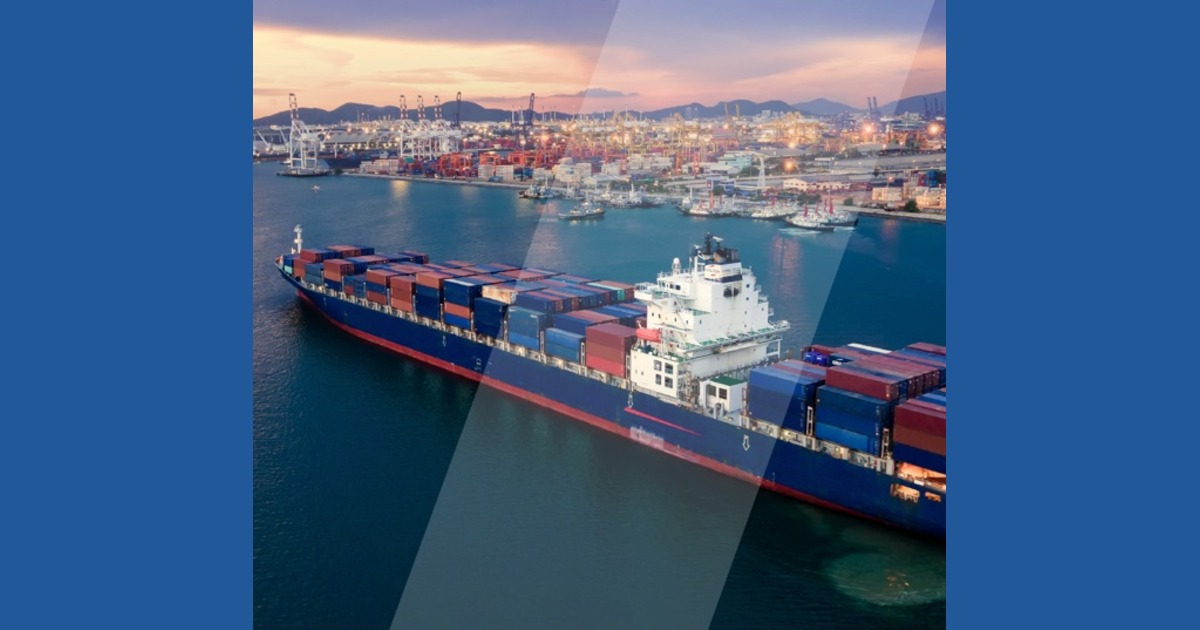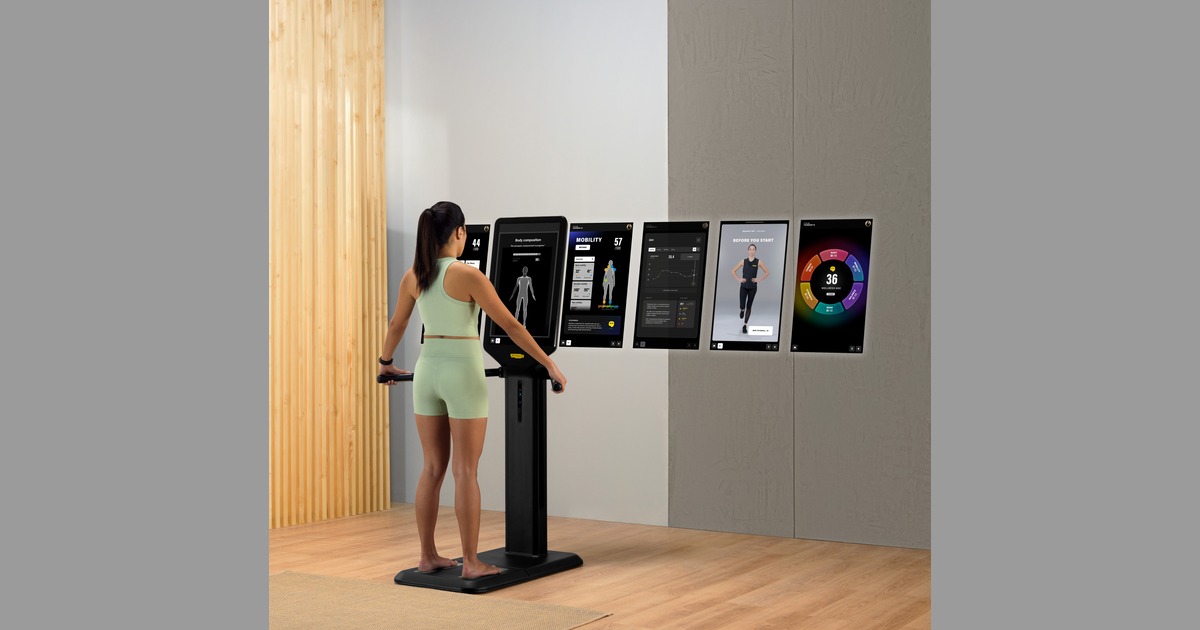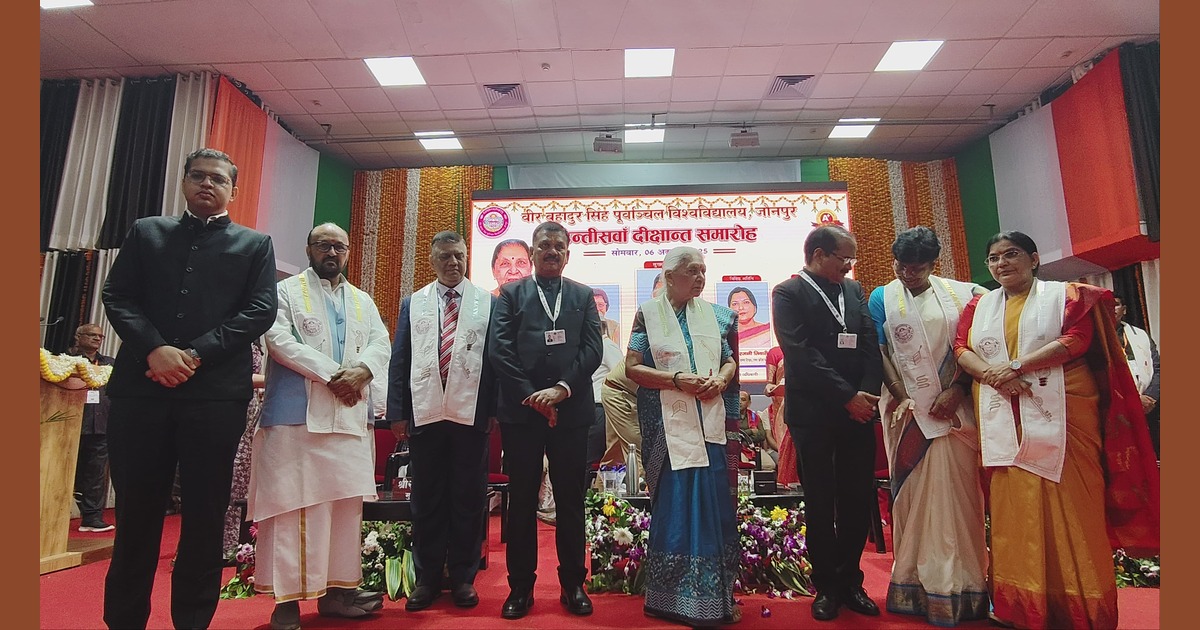
India’s Merchandise Exports Poised for Tech-Led Growth, Could Reach $727 bn by 2030
Forvis Mazars in India, a leading professional services firm offering audit, tax, and advisory services, has released a detailed report analysing India’s merchandise export trajectory and the structural shifts required to achieve the government’s USD 1 trillion export target by 2030.
India’s merchandise exports have undergone a marked transformation over the past two decades, shifting from low-value primary commodities to a portfolio increasingly led by higher-value manufacturing and technology-intensive products. Between FY18 and FY25, engineering goods, petroleum products, and electronic goods, pharmaceuticals, gems and jewellery, and chemicals together accounted for about 70% of merchandise export value. Electronics stand out as the fastest-growing segment, expanding fivefold to USD 38.5 billion and increasing their share from 2% to 9% in this period. Engineering goods have remained the largest contributor, driven by capital goods, automotive components, and industrial machinery, while traditional sectors such as textiles have steadily lost share, highlighting the broader pivot toward knowledge- and technology-driven exports.
To quantitatively assess the determinants of export performance, this paper employs a log-log regression model using labour productivity and world merchandise exports as explanatory variables. Labour productivity measured as GDP per person employed serves as a proxy for domestic capacity and competitiveness, while global merchandise exports capture external demand conditions. Regression results indicate a strong fit, with an R² of 0.97, confirming that these variables explain nearly all observed variation in India’s merchandise exports. Coefficient analysis reveals that India’s merchandise exports are highly sensitive to global demand (elasticity of 1.45), while productivity gains have a smaller, inelastic effect (elasticity of 0.39). Using these results, the paper forecasts India’s merchandise exports through 2030 under plausible assumptions: annual world merchandise export growth of 3%, GDP growth of 6.7%, and employment growth of 1%. These projections indicate that exports will reach approximately USD 727 billion by 2030, covering around 73% of the government’s USD 1 trillion target and leaving a shortfall of nearly USD 300 billion.
Commenting on the report, Mr Rohit Chaturvedi, Partner, Transport and Logistics, Forvis Mazars in India, said, “The findings underscore that export growth cannot rely on GDP expansion alone. To make India’s merchandise exports more resilient and less sensitive to external demand shocks, a shift toward high-value, technology-intensive manufacturing is essential, supported by targeted policy incentives to deepen integration into advanced global value chains. Sustained progress will also require appropriate capital formation and development of enabling logistics infrastructure to reduce bottlenecks and improve competitiveness.” This release seeks to stimulate informed discussion on these critical levers to bridge the gap and achieve the USD 1 trillion export target by 2030.
Popular Categories
Read More Articles
Business
New Technogym Checkup measures your physical and cognitive parameters for a targeted training by Awadh 360° Desk October 24, 2025Business
Miniklub Unveils its Autumn-Winter ’25 Collection by Awadh 360° Desk October 24, 2025Business
Former OnePlus Leader Dr. Xi Zeng Bets Big on India with Chance AI by Awadh 360° Desk October 12, 2025India
UP Governor Anandiben Patel launches IAS Dr. Dinesh Chandra Singh’s new book ‘Karm Kumbh’ on Mahakumbh 2025 by Shamikh Rais Siddiqui October 8, 2025



